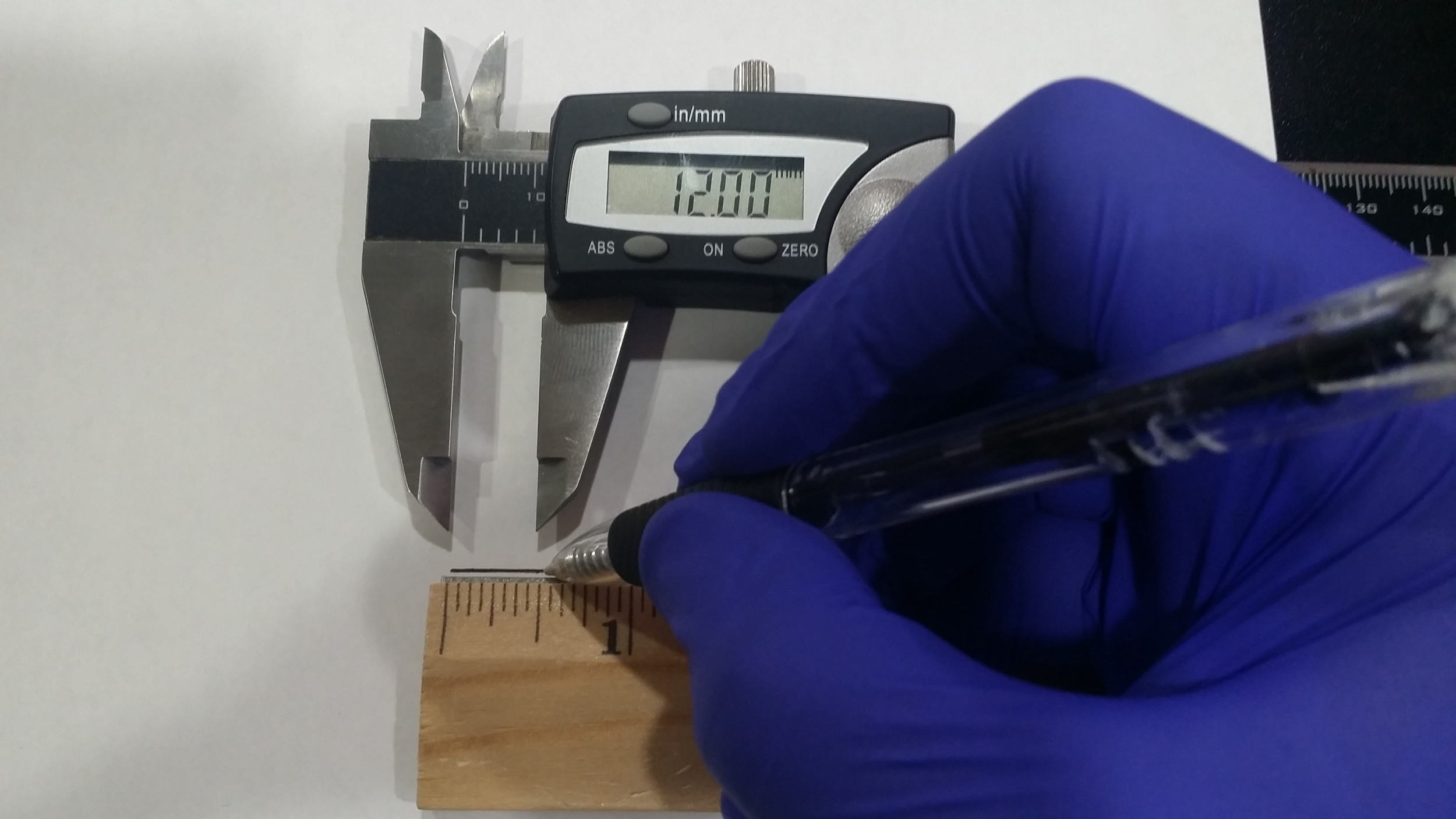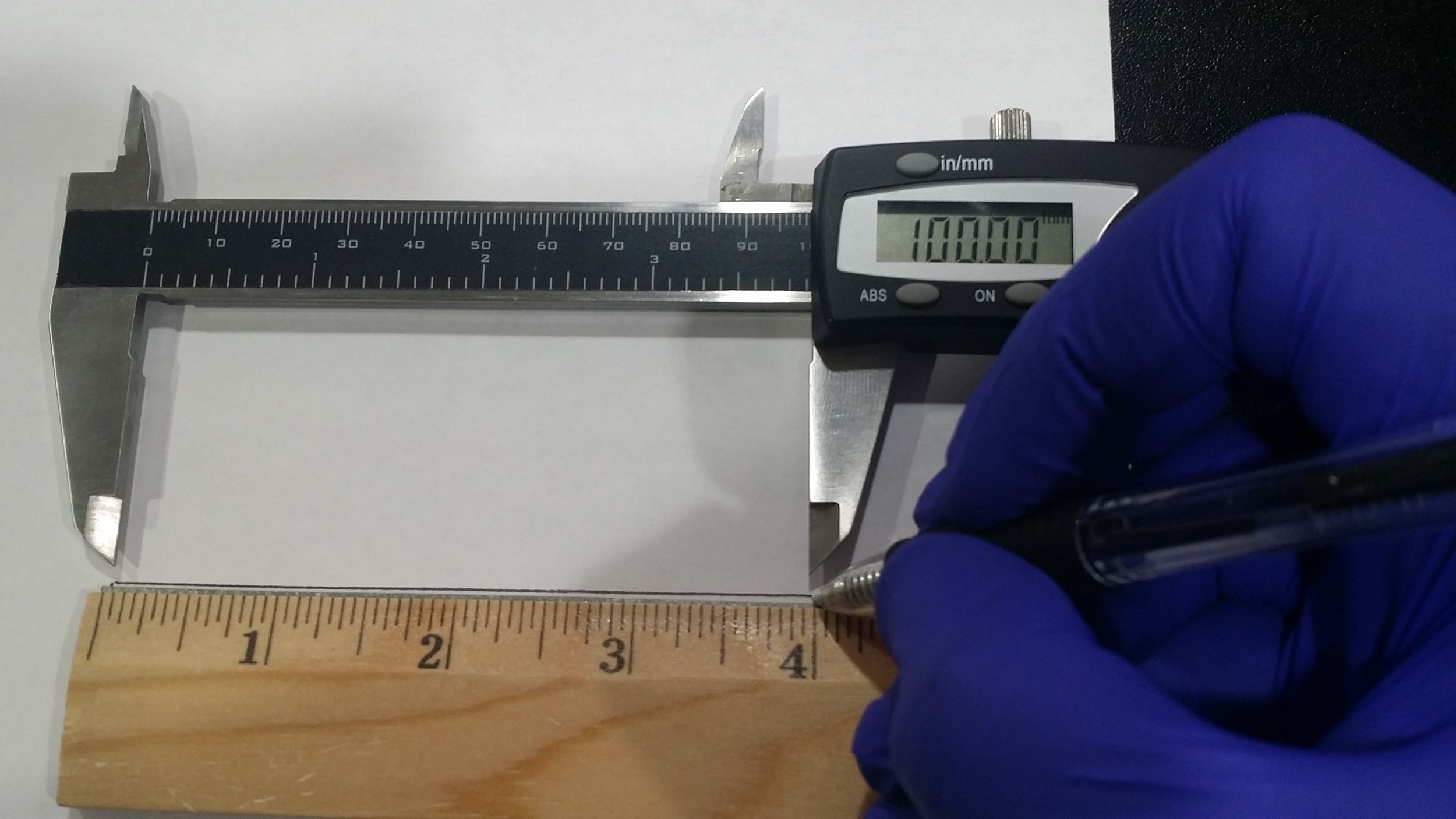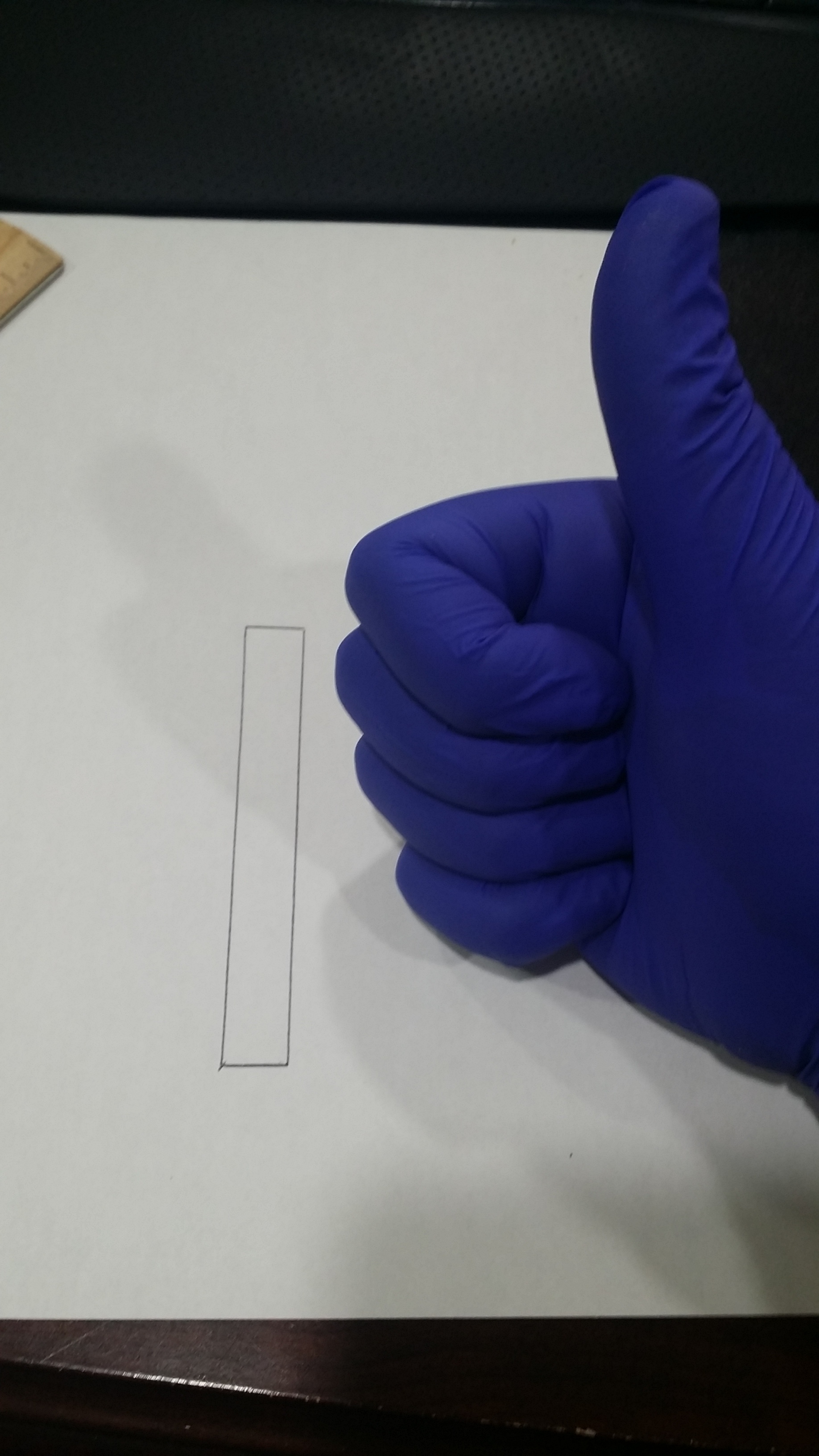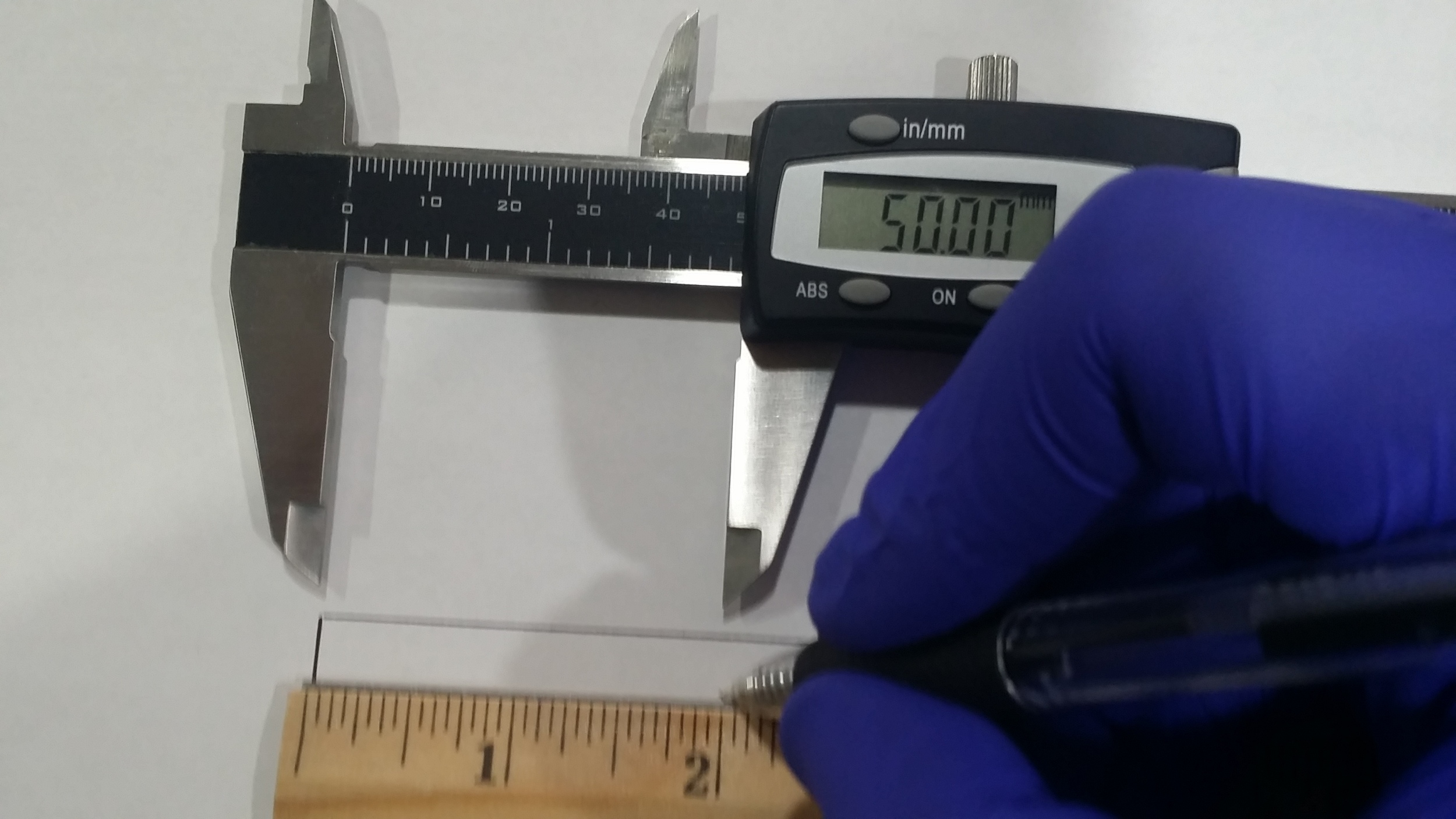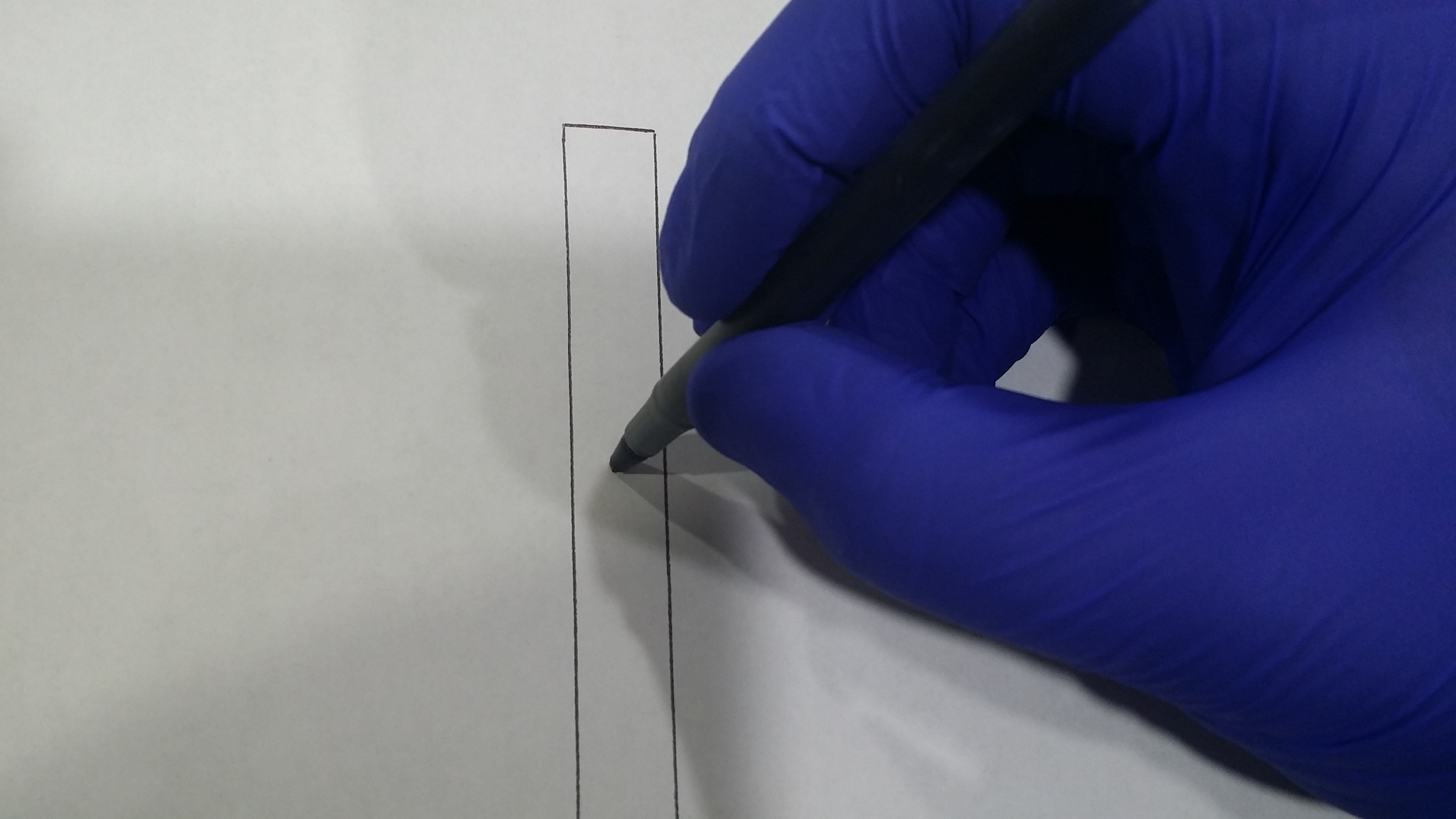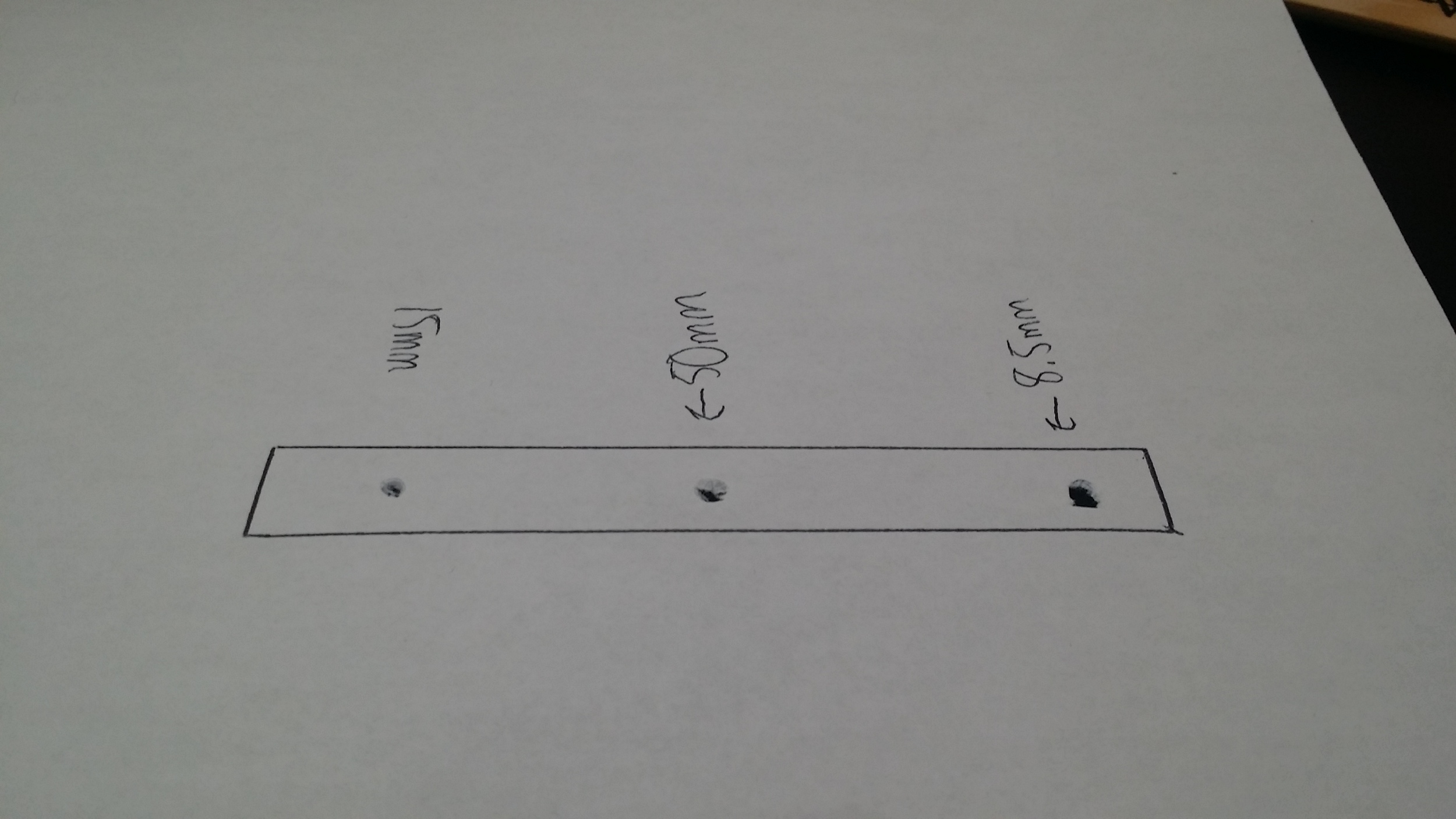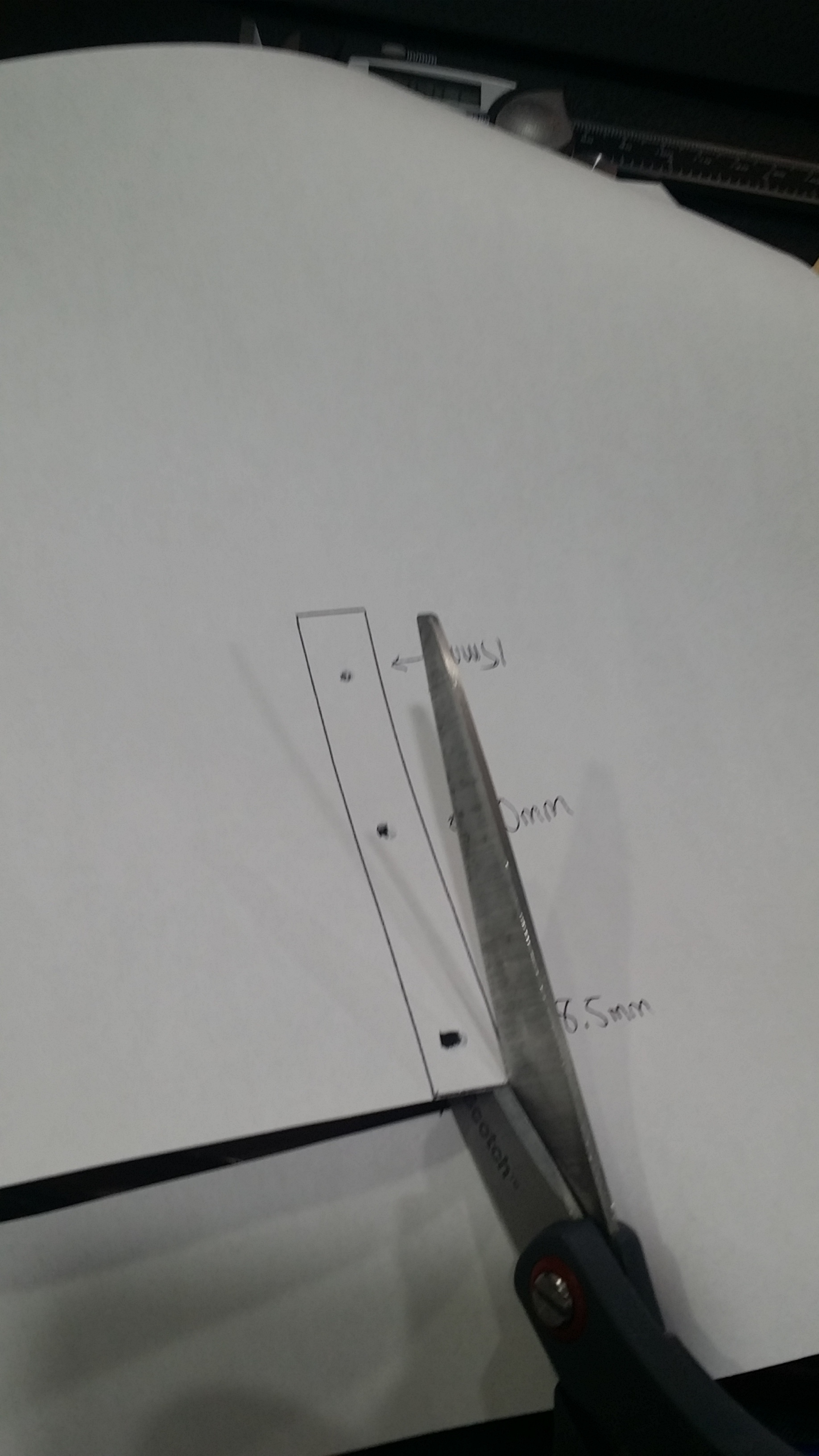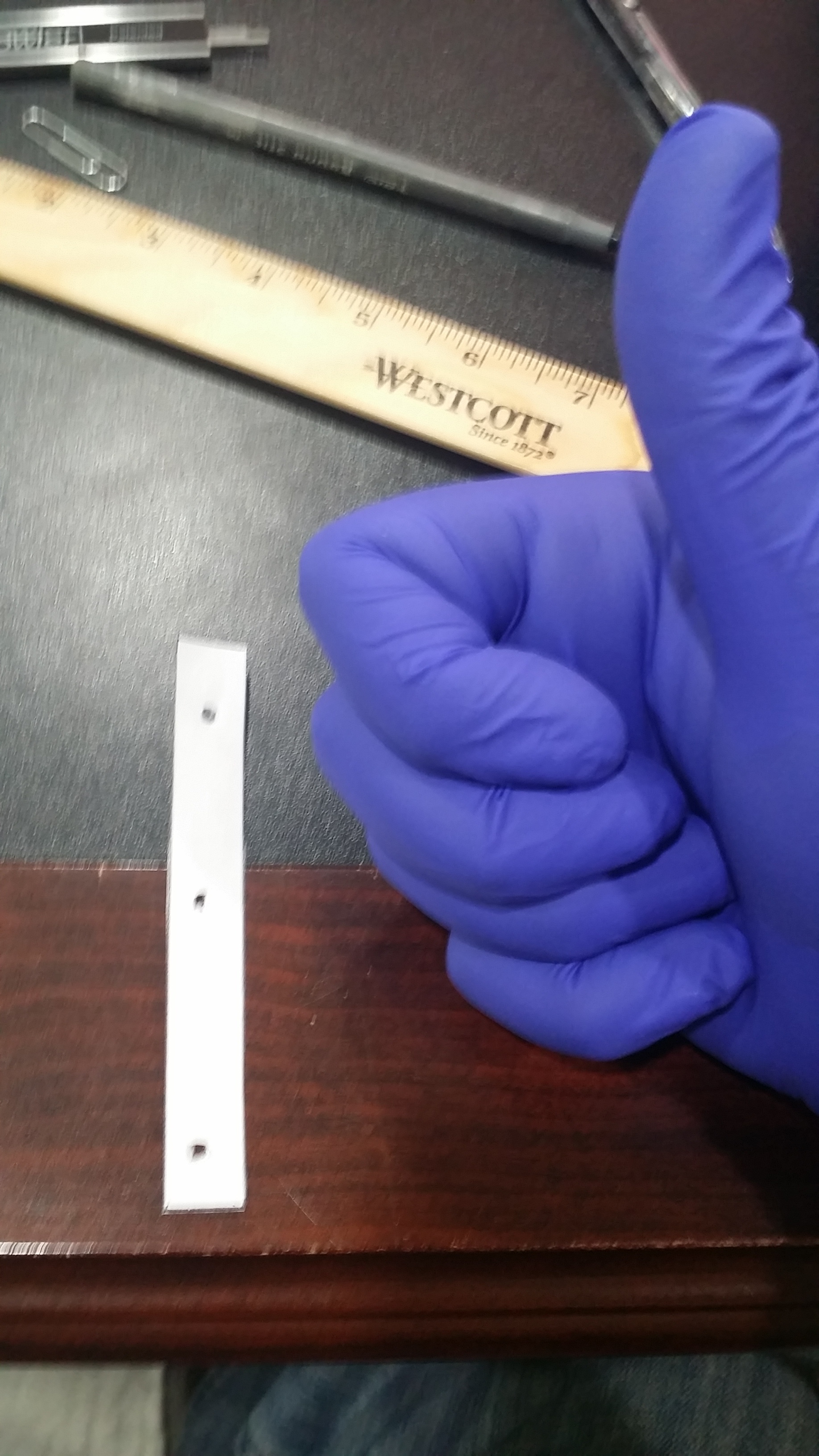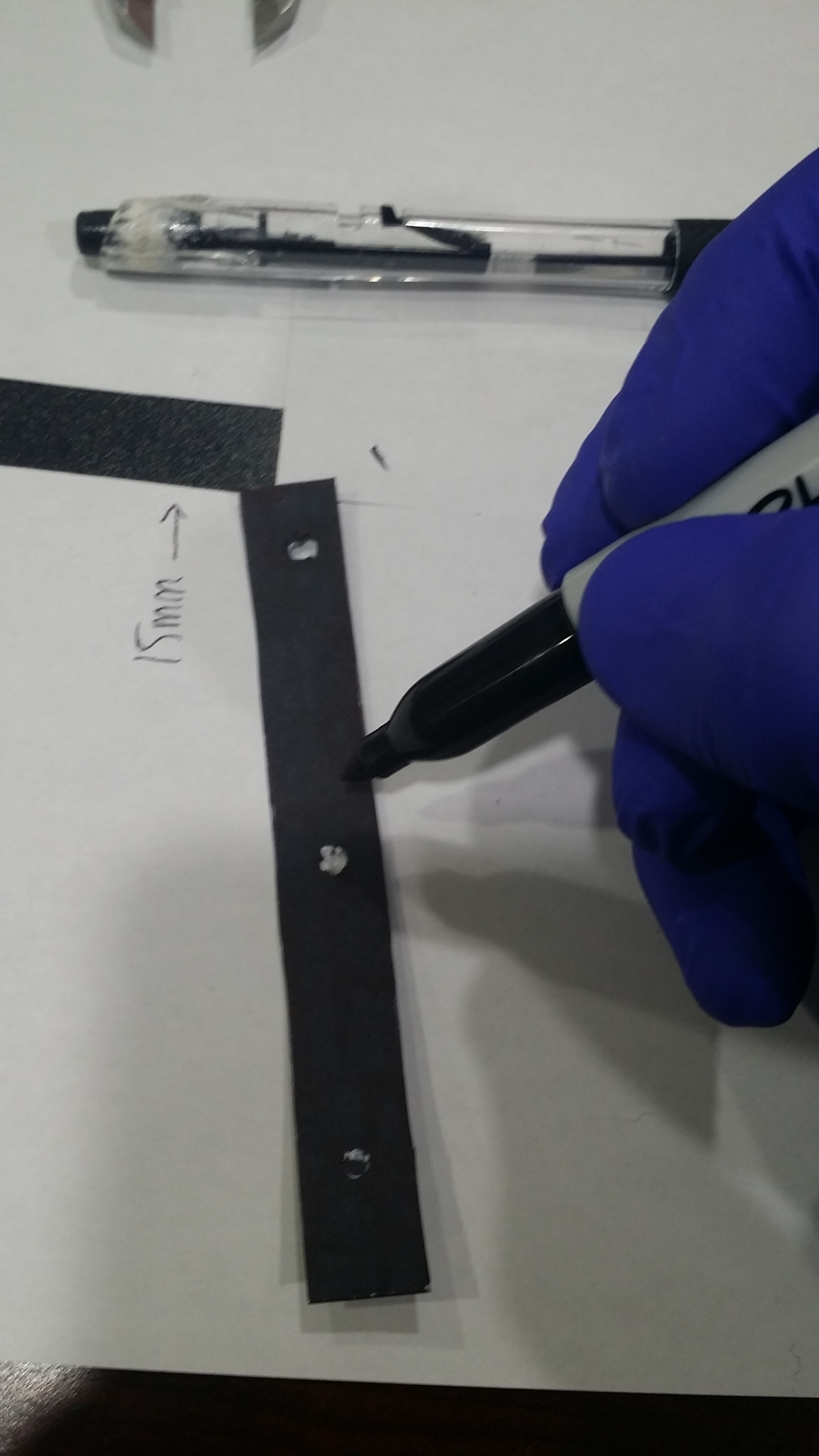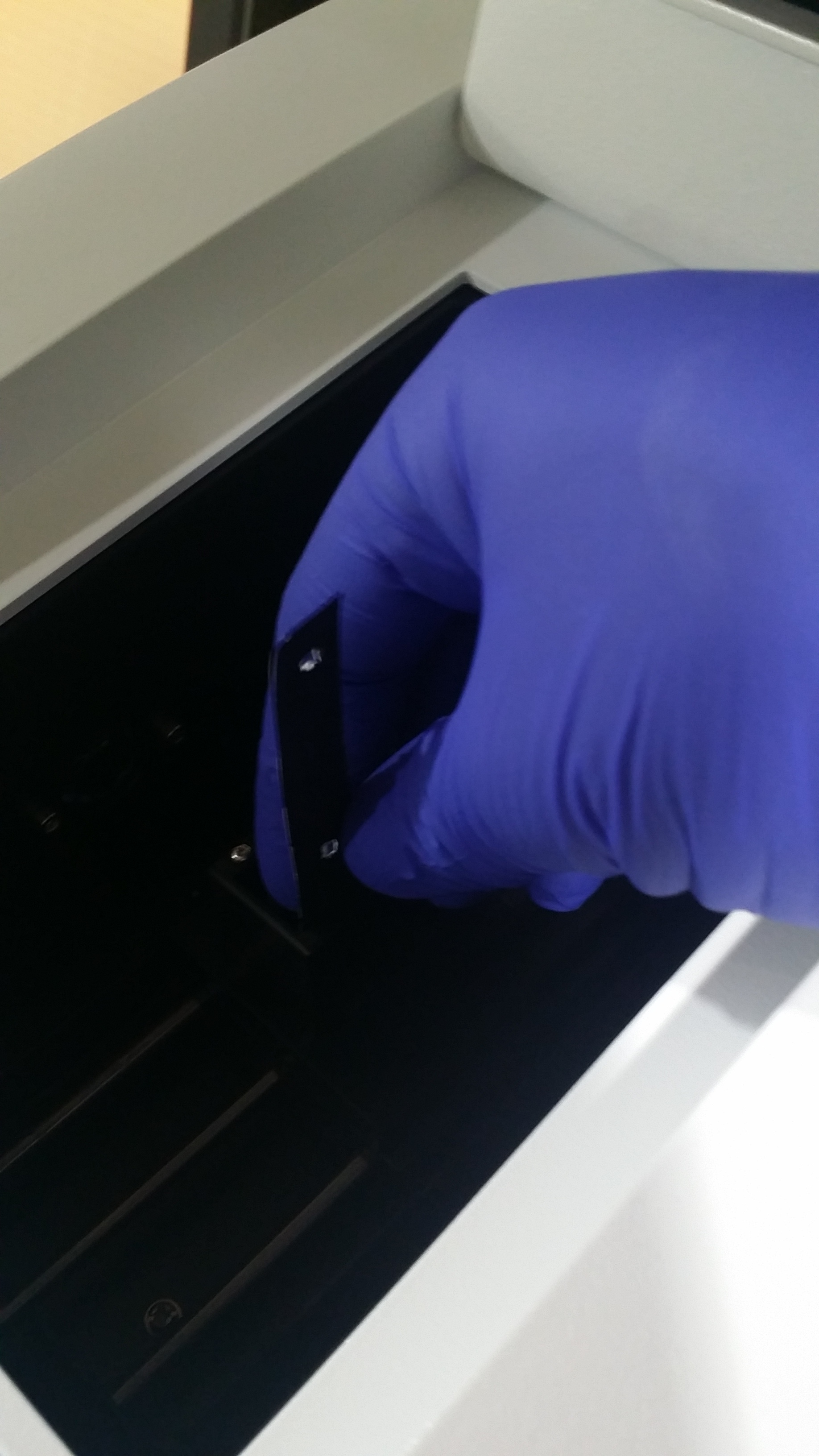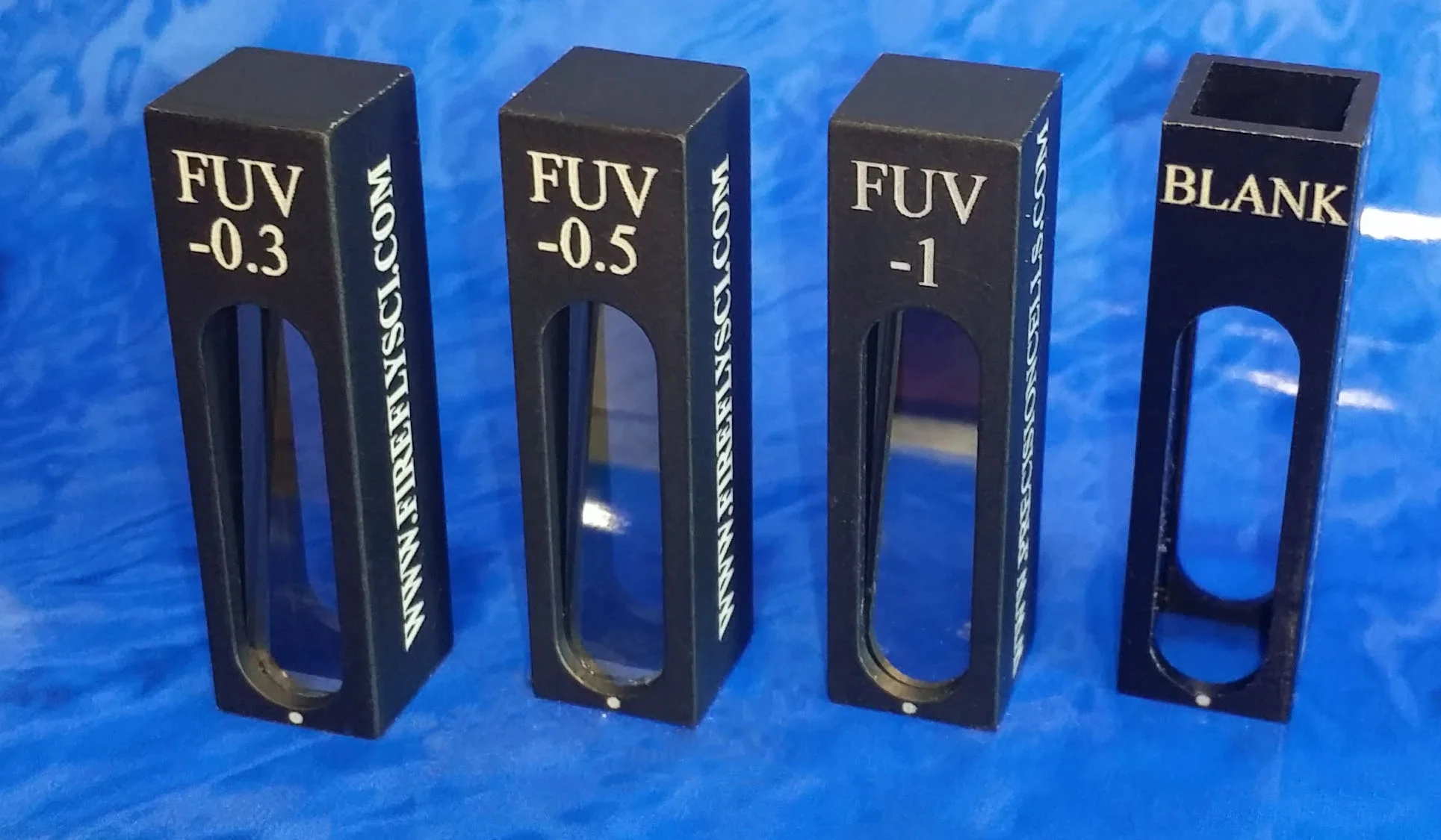Z-Dimension or Centre Height: A Guide to Finding the Correct Window Height for Your Cuvettes
/Greetings of the day to one and all! If you're here to quickly find out the z-dimension of your machine hop on over to the right side of this article.
If you're here for an in-depth explanation on what a z-dimension, center height or beam height is then read more to get your knowledge on.
Z-Dimension: What the Heck is that?
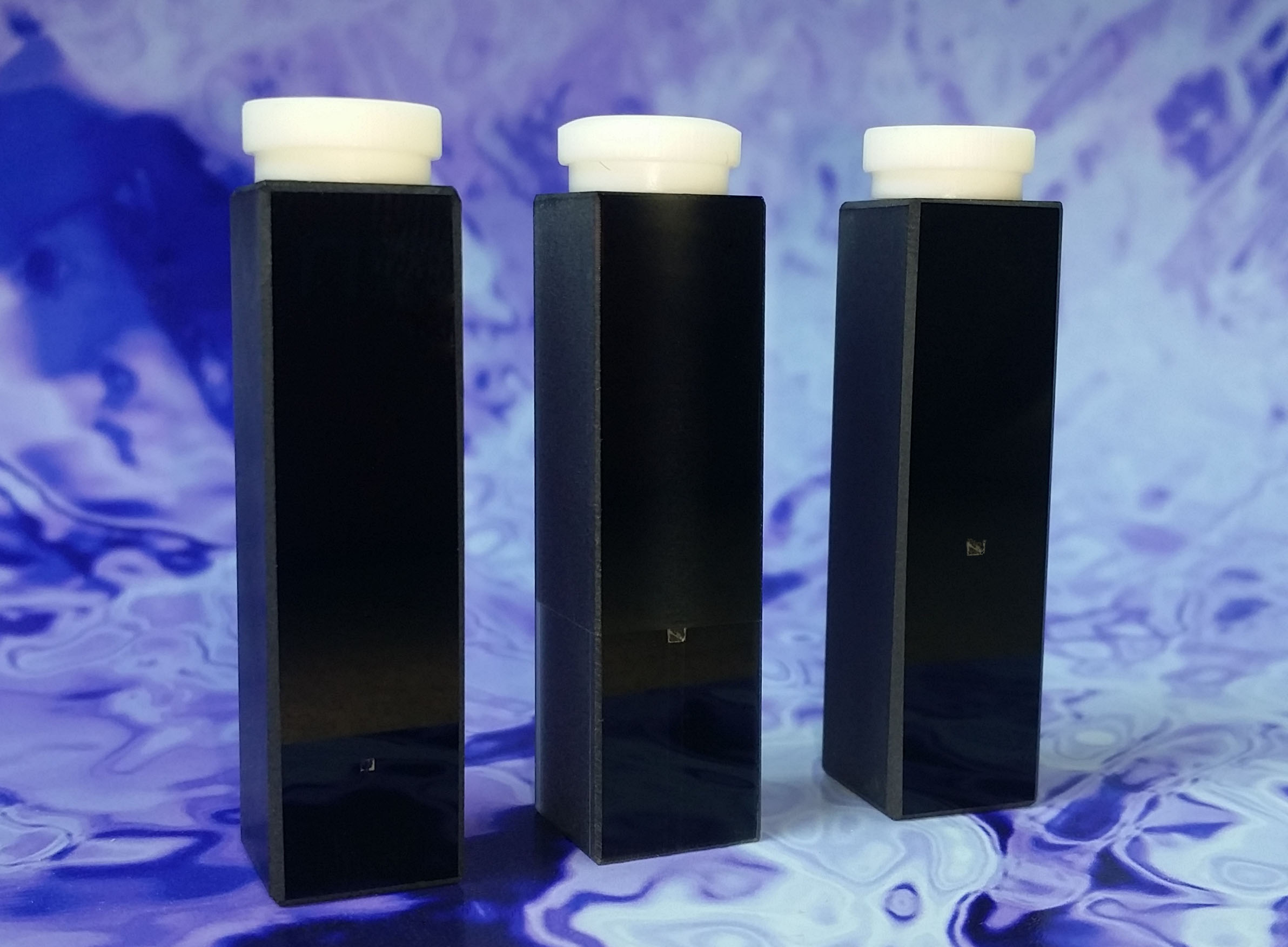
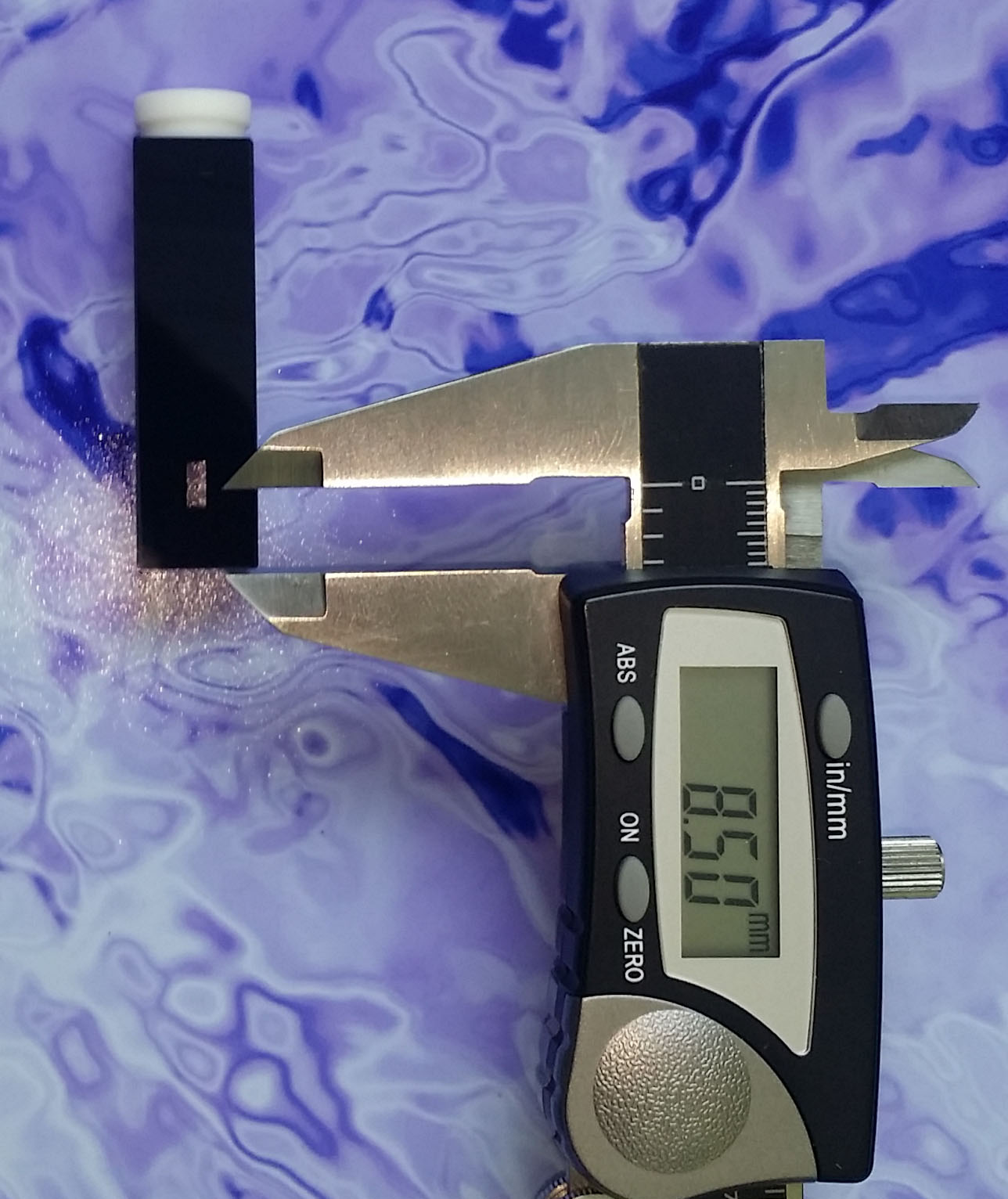
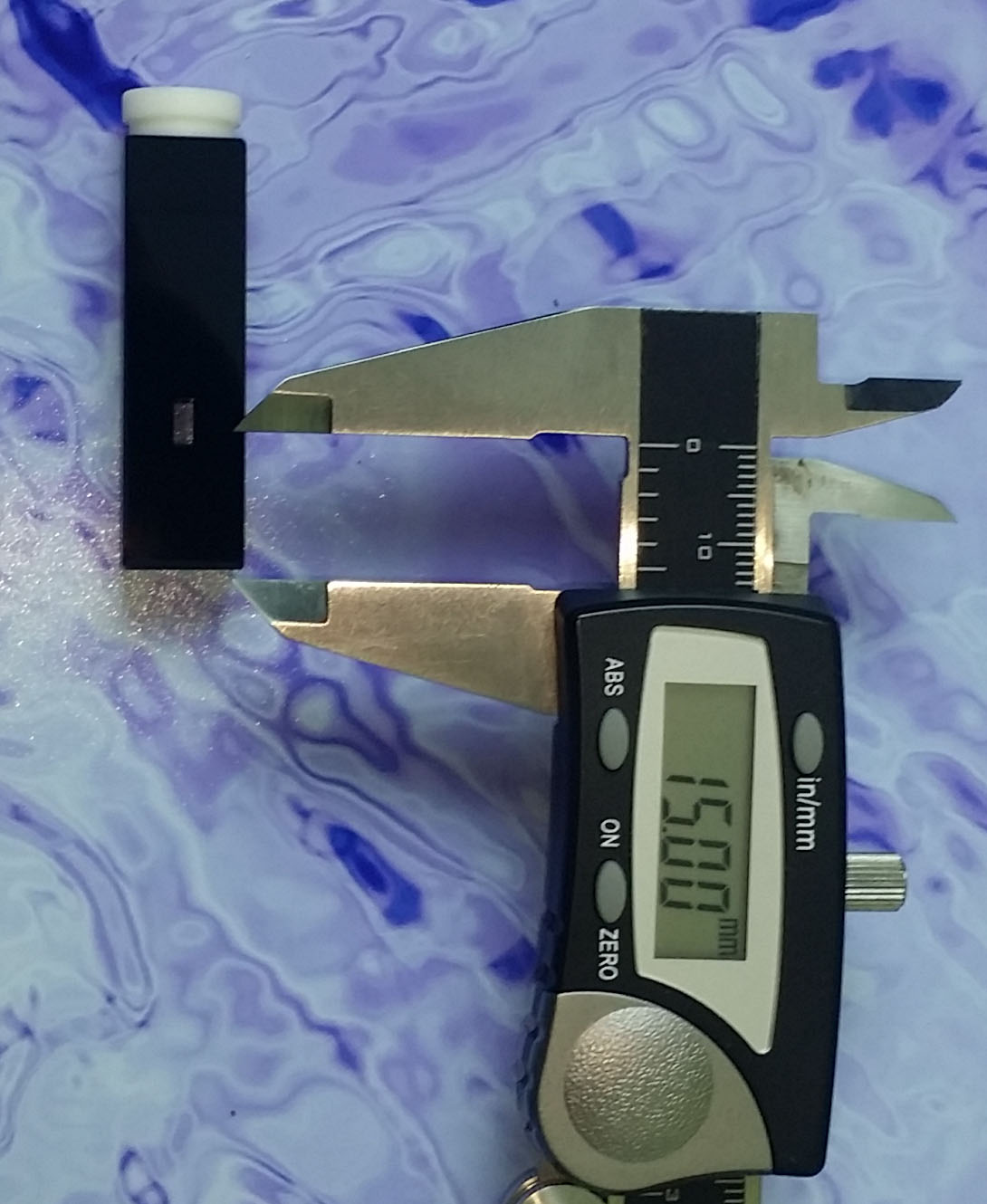
In the simplest terms possible, a z-dimension is the distance from the bottom of a cuvette to the center of the sample window. Typically this z-dimension or centre height of the window is one of three heights: 8.5mm, 15mm or 20mm. FireflySci denotes these heights with A, B or C respectively. We feature several types of cuvettes where these values come into play: Type 59FL, Type 59M, Type 502M, Type 500M, Type 513M, Type 514FL, Type 514M, Type 601, Type 601FL, Type 602, Type 603FL, Type 605, Type 606, Type 700P, Type 608FL, Type 701M, Type 701MFL, and Type 8830
These three values correspond to the height of the light beam produced by the machine. Each manufacturer of a spectrophotometer or fluorometer will often have varying beam heights based on specific engineering decisions.
It is very critical to make sure that you order the cuvette with the correct lightbeam. Here's an example of how things can go wrong: you order a Type 701M with a 15mm z-dimension and a 100ul window. So far so good... until you try to use it in a Beckman Coulter DU 640, which has a centre height light beam of 8.5mm! Your DU 640's lightbeam will shoot too low and miss the sample chamber giving you 0% light transmission as the beam bounces off the black quartz.
Base Thickness. Close but no Cigar
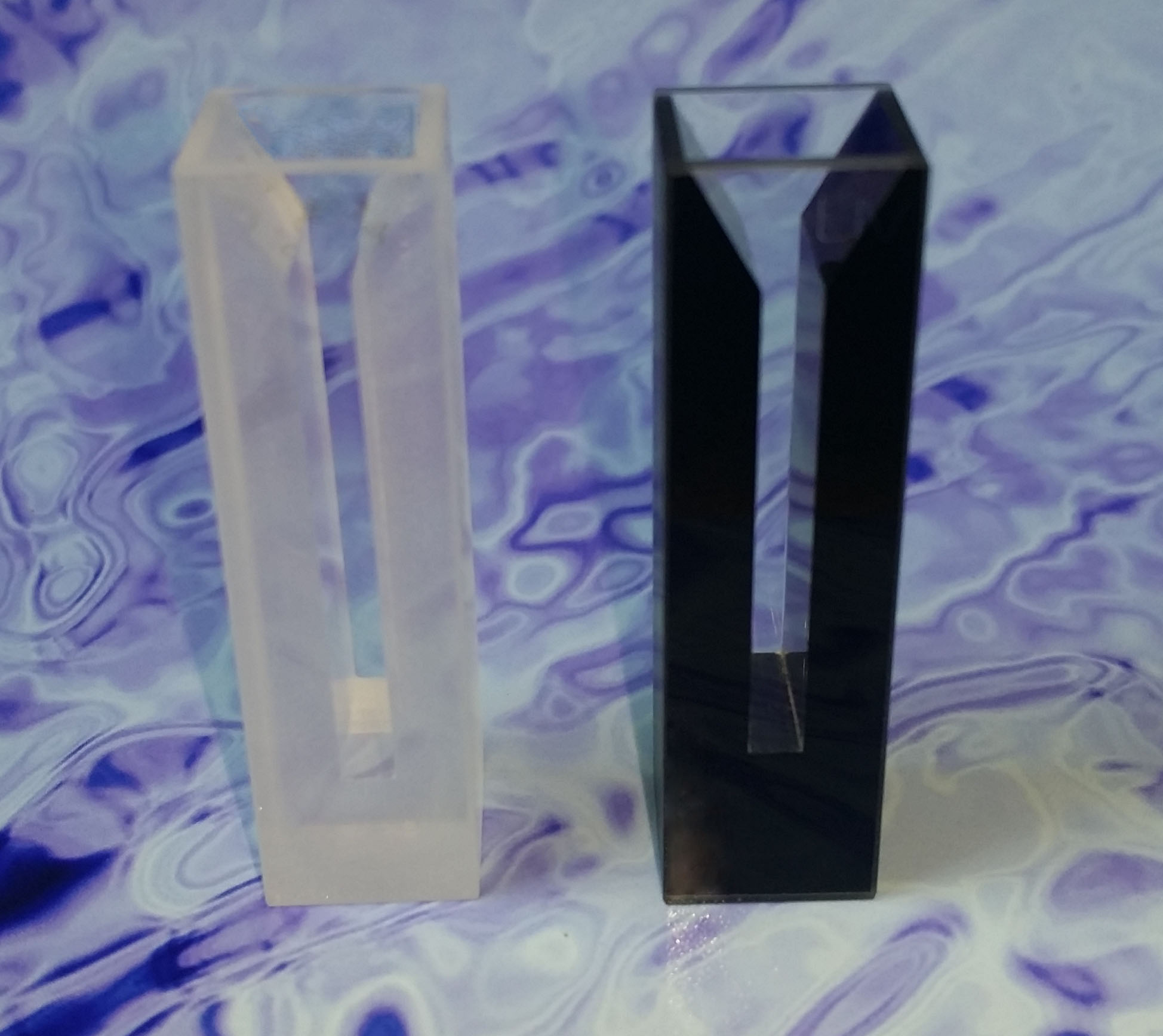

A similar concept but not quite the same thing is base thickness. Base thickness is the distance from the bottom of the cuvette to the bottom of the sample chamber. In the overwhelming majority of cuvettes such as the Type 1, this value is 3mm but we provide several cuvettes with an even larger base thickness.
These include our Type 9B, Type 9BM, Type 18B, Type 18BM, Type 29BM and Type 30BM, all of which all feature a raised bottom height of 9mm.
Find the Z-Dimension by Yourself!
Okay, let's assume the worst case scenario: you have an obscure machine from a manufacturer with no z-dimension/centre height/beam height posted anywhere. You call them up to find out what the z-dimension of their own machine is and even they can't tell you! You'd be dismayed to find out how common this is. As such, we've devised a test for this:
1. The first thing we are going to do is make a dummy cuvette out of folded over black construction paper. It should be black and dense to block out as much stray light as possible. This becomes important when we make our "windows." (For demonstration purposes in our photos, we're using a white paper so that it's easy to see how we draw our rectangle and z-dimensions.)
Step 1 is to cut out a rectangle from the piece of paper 12mm (approximately 0.5 inches) x 100mm (approximately 4 inches) in dimension.
2. Use a ballpoint pen to puncture the paper at center-mast, or at about the 50mm (2 inch) mark. The hole should be around 3-4mm in width.
3. Now make another hole 8.5mm (about 5/16 of an inch) from one end of the rectangle and make another hold 15mm (about 5/8 of an inch) from the other end of the rectangle.
4. Cut out your dummy cuvette with a pair of scissors and admire your work. If your rectangle was not already black, color it this way so that it blocks out stray light in your machine.
5. First test the 8.5mm z-dimension by placing your dummy cuvette with the 8.5mm side in first and run a scan in transmission mode.
6. One of these sides will have very low transmission while the other has close to 80-100%T. Whichever side (whether it was the 8.5mm or the 15mm) gives you very high transmission, this is the z-dimension of your machine.
The 15mm z-dimension test is represented by the green line and the 8.5mm z-dimension is represented by the blue line. Looks like we're dealing with a machine that has a 15mm z-dimension!
In the unlikely event that you have a machine with an odd z-dimension such as 3mm or 12mm you will need to make a few more test strips to find out where your beam is located.
Here's to your success!
FireflySci, Inc.
Quick Centre Height / Z-Dimension Finder Chart:
Here's our expanding list of z-dimensions. If you have any suggestions or additions, please kindly contact us at info@fireflysci.com
SPECTROPHOTOMETERS:
| Manufacturer | Z-Dimension |
|---|---|
| ABX | 8.5mm |
| Agilent | 15mm or 20mm |
| Amersham Biosciences | 15mm |
| Aminco | 15mm |
| Analytik Jena | 8.5 or 15mm |
| Baird | 12.5mm |
| Beckman Coulter | 8.5mm (mostly)- some models 15mm |
| Bio-Rad | 8.5mm |
| Bio-Systems | 8.5mm |
| Bio-Tek Instruments | 15mm |
| Biochrom | 15mm |
| Biotecnica | 8.5mm |
| Boeco | 15mm |
| Braic | 20mm |
| Bruins Instruments | 15mm |
| Camspec | 15mm |
| Cecil | 15mm |
| Ciba Corning | 8.5mm (mostly)-some models 15mm |
| CGA | 8.5mm |
| Dr. Lange | 8.5mm |
| Drake | 15mm |
| Eppendorf | 8.5mm or 15mm |
| Femto | 8.5mm |
| GBC | 15mm |
| Hach | 15mm |
| Hewlett Packard | 15mm |
| Hitachi | varies |
| Hoefer | 15mm |
| Implen | 15mm |
| Jasco | 12mm |
| Jenway | 15mm |
| Krüss AG | 8.5mm |
| Macherey-Nagel | 15mm |
| Malvern | 8.5mm |
| Ocean Optics | 15mm |
| Perkin-Elmer | 15mm |
| Pharmacia | 15mm |
| Riele | 8.5mm |
| Safas | 8.5mm |
| Sartorius | 15mm |
| Scinco | 15mm |
| Shimadzu | 15mm |
| Spectronics | 8.5mm |
| StellarNet | 15mm |
| Technikon | 15mm |
| Thermo Spectronic | 8.5 or 15mm |
| Transasia | 8.5mm |
| Turner | 8.5mm |
| Varian | 20mm |
| Zeiss | Specord (15mm), Spekol (8.5mm) |
FLUOROMETERS:
| Manufacturer | Z-Dimension |
|---|---|
| Hitachi | varies |
| Horiba | 15mm |
| ISA | 15mm |
| Jasco | 18mm |
| Jobin | 15mm |
| Malvern | 8.5mm |
| Molecular Devices | 15mm |
| Ocean Optics | 15mm |
| Perkin-Elmer | 15mm |
| Pharmacia | 15mm |
| PTI | 15mm |
| Scinco | 15mm |
| Shimadzu | 15mm |
| SLM Spectronics | 15mm |
| Spectra Max | 15mm |
| Spex | 15mm |
| StellarNet | 15mm |
| TSS | 15mm |
| Varian | 20mm |
![firefly_logo_FINAL [Black].jpg](https://images.squarespace-cdn.com/content/v1/5411d5c0e4b02e1c8b27565a/1434491508803-XB4OF7YDY46Z72L5U5AP/firefly_logo_FINAL+%5BBlack%5D.jpg)
